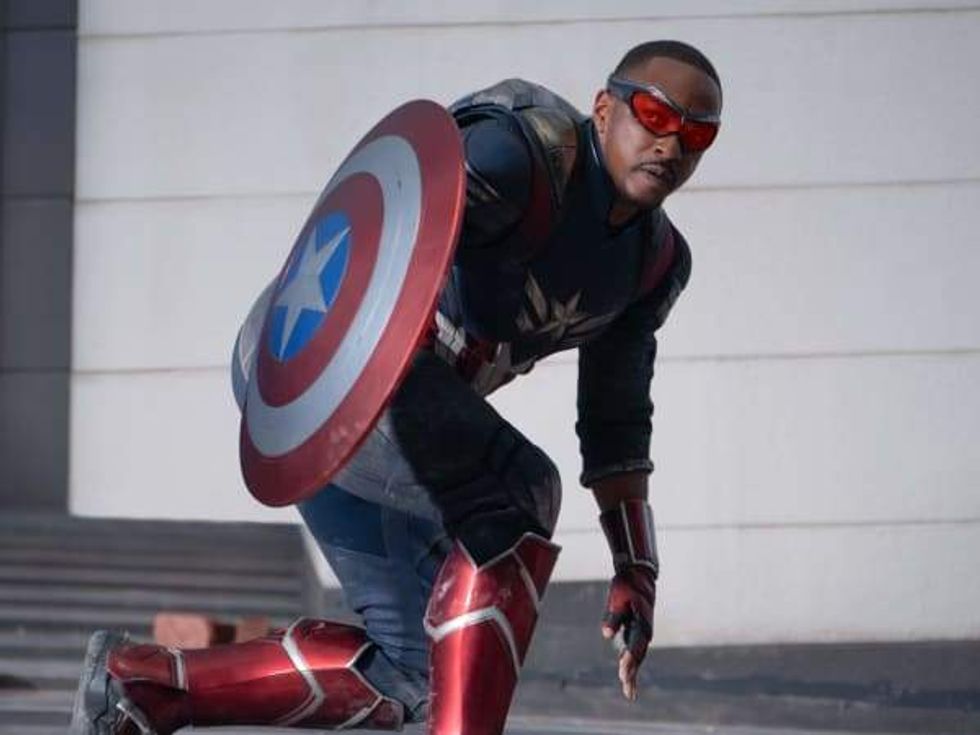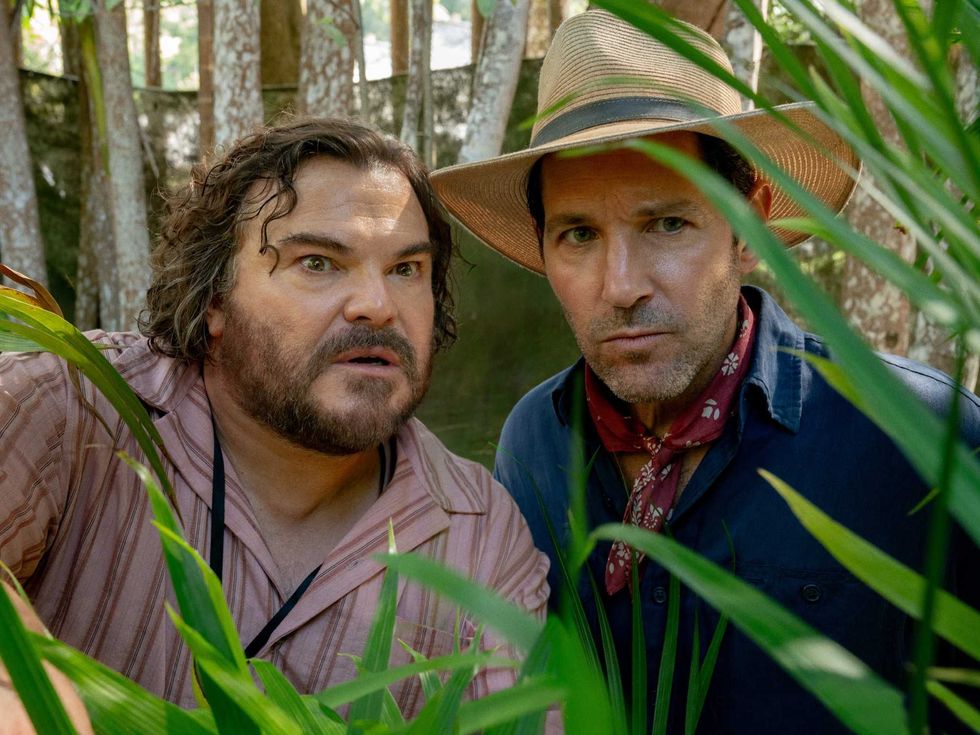Inside the art
Curatorial conversation: Revolutionary abstractionist Kurt Schwitters' overdueMenil moment
 Courtesy photo
Courtesy photo Schwitters' "Merzbau"Photo by Cameron Blaylock
Schwitters' "Merzbau"Photo by Cameron Blaylock Installation view of "Kurt Schwitters: Color and Collage"Photo by Cameron Blaylock
Installation view of "Kurt Schwitters: Color and Collage"Photo by Cameron Blaylock "Mz 371 bacco," Kurt Schwitters, 1922, Collage of cut and town printed,handwritten, tissue and coated papers on paperboardPhoto by Hickey-Robertson
"Mz 371 bacco," Kurt Schwitters, 1922, Collage of cut and town printed,handwritten, tissue and coated papers on paperboardPhoto by Hickey-Robertson Kurt Schwitters derived the title for his series from the name of a top Germanbank.
Kurt Schwitters derived the title for his series from the name of a top Germanbank. "Merz 1926, 3. Cicero," Kurt Schwitters, 1926, Paint on wood nailed on wood
"Merz 1926, 3. Cicero," Kurt Schwitters, 1926, Paint on wood nailed on wood Installation view of "Kurt Schwitters: Color and Collage"Photo by Cameron Blaylock
Installation view of "Kurt Schwitters: Color and Collage"Photo by Cameron Blaylock "Grey and Yellow," Kurt Schwitters, 1947, Collage, paper, cardboard, tissuepaper and canvas on cardboard
"Grey and Yellow," Kurt Schwitters, 1947, Collage, paper, cardboard, tissuepaper and canvas on cardboard
When East Texas artist Robert Rauschenberg began producing his "combines" — artworks in which discarded objects were incorporated to form a collage — in mid-1950s New York, he was regarded as a revolutionary in the art world, eschewing the emotion of Abstract Expressionism in favor of an honest depiction of modern urban life.
Rauschenberg in fact derived much of his style from German-born artist Kurt Schwitters, whose collages, or Merz, he saw at New York's Sidney Janis Gallery in 1952 and 1956. Recalling walking out of one of those exhibitions, Rauschenberg said he had the feeling it was "made solely for me," and later confessed that he had investigated collage "because everyone was talking about Schwitters."
The Texas artist's indebtedness to Schwitters is on full view in Kurt Schwitters: Color and Collage, an exhibition at the Menil Collection that opens Thursday and runs through Jan. 30. Works by other American artists of the second half of the 20th century, the likes of John Chamberlain and Cy Twombly, dot the exhibition's entrance, immediately drawing a connection between Schwitters and the artists he influenced (who happen to be heavily represented in the Menil's permanent holdings).
"An exhibition of Schwitters' work has been at the top of my list since I first came to the Menil," museum director Josef Helfenstein tells CultureMap. "Schwitters is a very important artist for Americans who are strong in this collection, like Rauschenberg, Ellsworth Kelly and Jasper Johns, many of whom collected Schwitters' work in their own right."
The Menil exhibition, curated by Isabel Schulz, executive director of the Kurt and Ernst Schwitters Foundation and Curator of the Kurt Schwitters Archive at the Sprengel Museum Hanover, is the first major American exhibition on the artist in 25 years. The show is also a tribute to Walter Hopps, the Menil's founding director who curated the first American exhibition on Schwitters at the Pasadena Museum (now Norton Simon Museum).
"As soon as I came here, Walter and I discussed doing a Schwitters show," Helfenstein says. "It's been five years in the making. This exhibition is long overdue."
The Menil show focuses on the role of color in Schwitters' abstract collages, which he termed Merz in 1919, a word he cut out at random from an advertisement for Commerzbank, now the second largest bank in Germany. Entering the first gallery, the influence of Dada artists, particularly Hans Arp, is in its clearest form.
Schulz describes these collages as reflecting the morose post-WWI Weltgefühl, or "feeling of the world," and the new generation's aim to create a new reality by forgoing the bourgeois taste for representational painting. These Merz collages radically reconsider composition and materials: bits of typography, wrapping paper, cigarettes and wine labels litter the works of this primary room. For Schwitters, this sort of ephemera was the new paint.
Schwitters frequented a handful of avant-garde networks in the 1920s, which becomes more apparent walking through the second and third galleries. Traces of hard-edge Constructivism emerge in a series of prints, and the artist's peripheral affiliation with Mondrian and the Dutch De Stijl movement evinces itself in a series of limited-patette mounted wood constructions.
Yet despite these similarities to different currents of the vanguard, Schwitters never subscribes to their heavy-handed manifestos: a round, red sphere may take a cue from Malevich or Lisitzky, but is in fact a detached ladle, and he strays from Mondrian's strict three colors into different shades of blue, while also incorporating found driftwood from the coast of Holland.
"There's always a connection to daily life," Schulz says.
In a fourth gallery, the rise of Nazism in 1930s German becomes apparent. Upon being classified by the regime as among the "degenerate artists," Schwitters fled to Norway. Gray and white tones, influenced by his studio's Nordic light, flood the works from this period. From this solemn corner of the exhibition emerges a passageway to the show's crowning jewel: the reconstructed Merzbau.
Originally built at his parents' home in Hanover in 1933, the Merzbau is an architectonic installation-cum-conceptual artist's studio. Visitors are encouraged to penetrate the space and marvel in the hundreds of white pieces of wood and plaster that coalesce to form an arched space akin to a Gothic cathedral.
Remnants of Schwitters' life poke through the pristine-white assemblage grotto, ranging from pop culture to the macabre (a sculpture of the head of the artist's first son, who died 14 days after his birth, adorns a perch). Bright fluorescent light alternating with warm, yellow flashes provide insight on how the space changed through the day as Schwitters would write letters and paint.
At the time, the Merzbau gained recognition as among modern art's first forays into installation art, winning the heart of Museum of Modern Art director Alfred H. Barr, Jr. when he visited in 1935.
The original Merzbau was destroyed in 1943 under Nazi command. The devastation of the Second World War bleeds into the exhibition's penultimate gallery, where thicker strokes of dark paint emerge on the collages. Dark organic forms, such as feathers, appear with greater frequency, along with traces of his origins as an expressionistic landscape painter.
In the final gallery, the exhibition's narrative comes full circle.
"In this room, we try to show the amazing connection between Schwitters and the artists after the Second World War generation," Helfenstein says.
From this selection of works by Jasper Johns, Cy Twombly, and of course, Robert Rauschenberg, Schwitters' abstraction immediately becomes lucid. The compositions of the more than 90 collages on view are no longer dense manifestations of a string of modern movements, but reveal their vital importance in the trajectory of 20th-century art. A few Merz collages linger in this final chamber, and beside the works of American postwar artists, their positioning illustrates that Schwitters' collages were not constructed in a vacuum, but are instead inventories of quotidian life in Europe at the cusp of the eruption of modern art.
Schwitters' relevance doesn't end with the post-WWII American canon, though.
"Walking through this exhibition, what becomes clear to me," elaborates Helfenstein, "is how unbelievably seminal he is as an artist, and independent. He's very progressive: he's a performer; he's a poet; he's a writer."
The museum director continues, "Schwitters is an unbelievably multifaceted artist, and in that regard, he's extremely relevant, because that's what contemporary art is today. There are no boundaries anymore, no defined media anymore. Everything is available for everyone."











